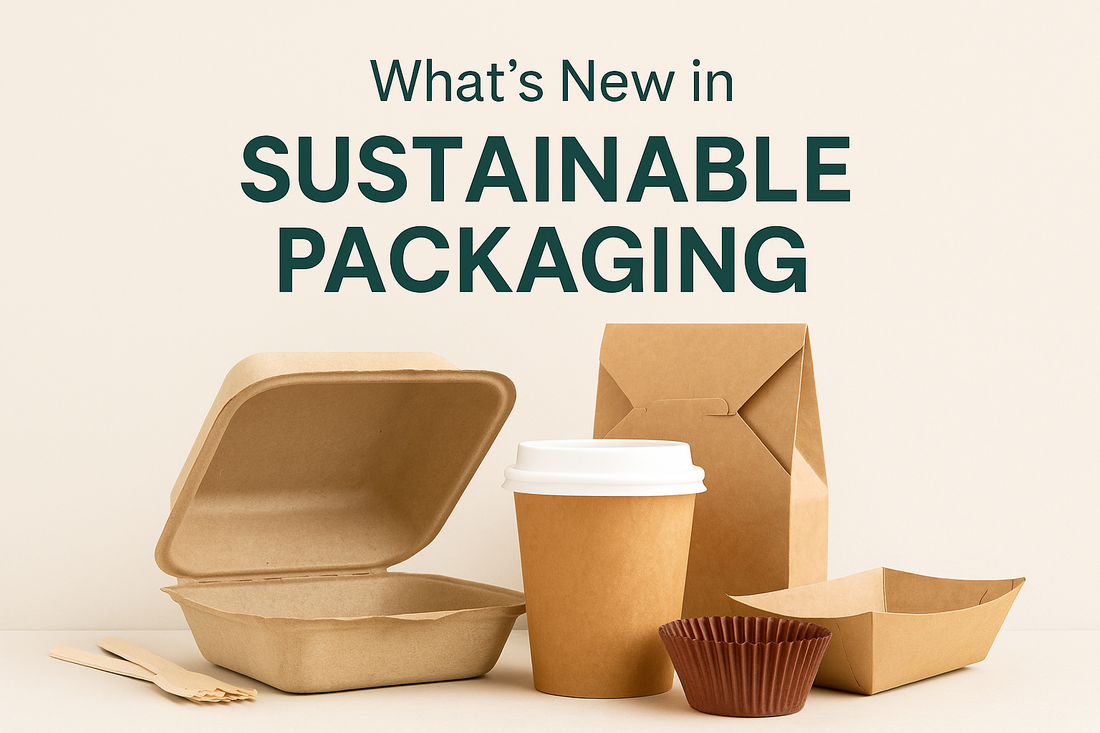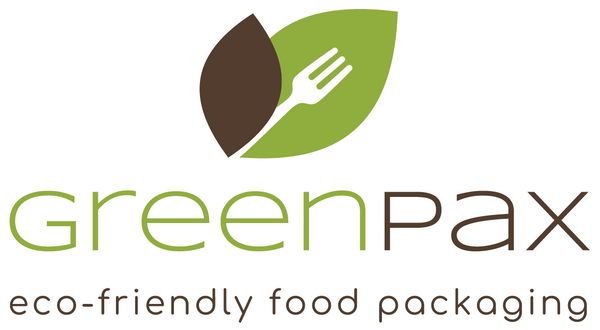
Packaging Innovations in Sustainability: What’s New in 2025
Sustainable packaging isn’t just a trend, it’s fast becoming the standard for businesses that want to look good, perform well, and reduce environmental harm. At GreenPax, we track what’s emerging so you can lead rather than follow. Here are the newest innovations shaping the future of sustainable packaging and how companies are putting them into practice.
What New Materials Are Replacing Traditional Plastics?
- Polylactic Acid (PLA), PHA, cellulosic materials, bamboo, wood fiber, and agricultural by-products are gaining ground.
- Mycelium-based packaging (grown from fungi and agricultural waste) is becoming a strong alternative to styrofoam and polystyrene.
- These innovations are designed to break down faster than conventional plastics, often in industrial composting conditions.
How Is Packaging Design Becoming More Sustainable?
- Companies are adopting mono-material packaging that’s easier to recycle.
- Lightweighting helps reduce both materials used and shipping emissions.
- Some brands are piloting zero-waste models like refillable containers and reusable systems.
How Is Technology Being Used in Sustainable Packaging?
- Sustainable packaging now includes QR codes, NFC, or RFID tags to help consumers recycle or compost correctly.
- Biodegradable sensors and biosmart coatings are being developed to monitor freshness and shelf life.
- This trend improves consumer trust and ensures packaging is both functional and informative.
What Regulations and Market Forces Are Driving Change?
- Extended Producer Responsibility (EPR) policies are shifting waste management costs to manufacturers.
- Consumers increasingly expect proof of eco-friendly claims, recyclable, compostable, or reusable.
- The compostable packaging market is projected to grow from USD 76.8 billion in 2025 to USD 120.1 billion by 2032 (6.6% CAGR).
How Are Brands Making Sustainable Packaging Attractive?
- Sustainable no longer means plain. Brands now use natural finishes like kraft and wood grain, plus safe inks for stylish appeal.
- Food service packaging includes compostable baking liners, molds, and cutlery with high heat resistance.
- Event packaging, bamboo plates, palm leaf platters, and compostable napkins helps businesses align style with values.
What Role Does Sustainable Tableware Play in Events and Catering?
- Weddings, pop-ups, and corporate lunches increasingly use eco-friendly tableware.
- Choosing compostable plates, cutlery, and napkins not only reduces waste but also signals modern values to guests.
- Businesses using green tableware are perceived as premium and environmentally conscious.
Final Thoughts: Why Does Sustainable Packaging Matter Now?
Sustainability in packaging is evolving fast. The opportunity isn’t just in responding to market or regulatory pressure, it’s in leading with innovation: experimenting with new materials, simplifying design, integrating tech, and aligning with both ethics and aesthetics.
At GreenPax, we’re committed to offering over 1,000+ products built around these innovations, for bakeries, restaurants, caterers, and retailers who want real change, not just good intent.
👉 Explore our full line of compostable, biodegradable, and renewable packaging at GreenPaxStore.com
FAQs
Q1: What’s the difference between compostable and biodegradable packaging?
Compostable packaging breaks down under specific composting conditions, leaving no toxic residue, while biodegradable simply means it can break down over time, sometimes very slowly, and not always cleanly.
Q2: Is compostable packaging as strong as plastic?
Yes, many biobased options like PLA and bagasse are durable enough for hot food, liquids, and takeaway but they may not yet match plastic in barrier protection or long-term shelf life.
Q3: What challenges come with compostable packaging?
- Limited composting facilities in many regions.
- Higher cost compared to conventional plastic.
- Misleading or vague labeling.
- Material limitations like moisture or oil resistance.
Q4: What are the biggest packaging trends businesses should watch in 2025?
- Rapid growth in mycelium, seaweed, and edible packaging.
- More regulations and bans on single-use plastics.
- Smart packaging technologies that inform disposal.
- Increasing adoption of zero-waste systems and refill models.
